The big education news this week is a court ruling that allows the Trump administration to begin cutting jobs at the Department of Education. A cascade of familiar voices can be heard lamenting that ruling. That’s the angry, unified message from Democrats, the Washington Blob and their Media buddies. Woe betide the students, they wail. Damn this President. They are not just wrong. They are 180 degrees wrong.
Why?
First, they are wrong for democratic reasons. Donald Trump campaigned on a pledge to demolish the Department of Education. He’s carrying out that pledge, not backpedaling. That’s what citizens should expect from elected leaders in a constitutional democracy. They seldom receive it.
Trump is not only right democratically, he’s right educationally. If the DoE actually did what its defenders claim, then Trump and his Secretary of Education, Linda McMahon, would be harming our children’s education. Actually, they will help it.
The DoE is more the problem than the solution. It is riddled with fundamental, irremediable difficulties. The best evidence comes not from its costly administrative overhead or its excessive regulations, bad as both are. It comes from troubling student achievement scores, which have declined steadily for decades despite the DoE spending truckloads of taxpayer money. The Democrats only answer is to line up more trucks and fill them with more taxpayer money. That’s not surprising. That’s their answer to every failed government program.
The right answer is not to spend more but to spend better. It’s long past time to try something different. That’s what candidate Trump proposed, and that’s what President Trump is implementing. He told voters he would begin by imposing big cuts at the Department of Education, with the goal of eliminating the department entirely. Now, he’s delivering on what he promised.
Last week, the federal courts ruled that the President has the constitutional authority to fire employees at the Department of Education, and that is exactly what he and Secretary McMahon are doing. Expect McMahon to move rapidly on the rest of Trump’s agenda. Unlike most cabinet secretaries in most administrations, she hasn’t been captured by the institution she is supposed to lead. She is actively dismantling it.
Why did Trump advance this ambitious educational agenda on the campaign trail? For good political reasons. He knew it would appeal to parents unhappy with their children’s schooling and taxpayers unhappy with vast sums of their money paying for poor results.
Both groups have legitimate grievances, and they won’t be solved by dumping more money into the same failed programs. Moreover, Trump was not hog-tied by the teachers unions, which play a crucial role in the Democrats’ coalition. Democrats cannot buck them anymore than Republicans can buck the gun lobby.
What are the deepest problems with the Washington educational blob? How do those problems trickle down to local schooling?
The biggest problem, aside from poor educational outcomes, is the fundamental misallocation of responsibility for K-12 education. That responsibility should be local. The decision makers should be local school boards, responsible to the voters and each state’s department of education, responsible to the governor.
That, plus local funding, is how we handled education and most other social issues until the mid-1960s, when responsibilities were shifted wholesale to Washington. The shift began with Lyndon Johnson’s Great Society and War on Poverty, but it didn’t end there. LBJ’s programs were pursued and enlarged by all subsequent presidents, with the partial exception of Ronald Reagan. The predictable result was the gigantic growth of federal bureaucracies, including the education bureaucracy, and the centralization of power in Washington. What that centralization did not produce, however, was better outcomes for students.
Trump’s basic plan in education and in many other areas is to return greater control to states and localities. There are some important limits to that plan, though. The biggest is that he is still collecting federal taxes to pay for these local services and then doling them out to cities, states, and, perhaps, to parents. He is not telling the recipients, “You not only have the responsibility for K-12 education, you should pay for all of it.” Instead, he is saying, “Here is a pot of money to supplement your local monies. You decide how to use it.”
It is important to recognize that Trump’s effort to cut the Department of Education does not imply cutting Washington’s financial support for K-12 education. For now, at least, it simply means cutting out the bureaucratic middlemen and returning the funds and associated responsibilities to states and localities with block grants for education. They will have considerable discretion in how to spend it.
These financial transfers will come with far fewer regulations, including an end to federal requirements for the inclusion of transgender boys in girls’ sports and in their locker rooms. Since the federal government doesn’t pay for school sports, you might well ask, “How do they compel local schools to comply with those regulations?” Sometimes the answer is “federal court rulings.” More often, it is credible threats to cut funding if you don’t comply with our bureaucratic regulations. School districts swiftly bend to those demands, some because they agree, others because they simply need the money. (I have actually seen this firsthand at the university level.)
The Trump administration’s efforts to restore education responsibility to states and localities has another important limitation. Americans have a shared commitment to ensure children in impoverished areas have adequate funding for schooling and, if necessary, for breakfast, lunch and dinner. If states and localities cannot afford to pay for those, the federal government can and will pay. Likewise, Washington can be expected to help with educating children with severe disabilities, whose expensive schooling may be beyond the resources of some states and localities.
Meeting those exceptional needs requires money, but it does not require a large, centralized bureaucracy.
Yet that kind of bureaucratic bloat is the hallmark of modern Washington, including DoE. That bloat inevitably creates two irredeemable problems for education. First, the bureaucrats have to be paid, and every dollar spent on them is one dollar less for schoolchildren. The DoE, with layer after layer of employees, takes a huge cut of the pie. Their slice pays for mortgages in Alexandria, not textbooks in Alabama.
Second, a cumbersome bureaucracy in Washington always imposes cumbersome regulations on everything it touches, with no regard for the costs of implementing the rules or their consequences. That’s as true in education as in every other field.
These regulations not only impose a direct burden on local schools, they impose a secondary one. To show they are complying with all the rules, local schools and state agencies are forced to hire their own swarm of bureaucrats to fill out the paperwork and monitor compliance. Just as more plaintiff lawyers require more defense lawyers, so more federal education bureaucrats require more state and local education bureaucrats to ensure compliance. Again, every dollar that goes to this bureaucratic bloat is one dollar less for school children.
The Trump administration’s goal is to drastically reduce this cumbersome apparatus, to shift more of the responsibilities onto states and localities, and, ideally, to ensure more of the money goes directly to families of school children, to empower their educational choices. That will happen quickly in red states, which are already implementing school choice and seeing good results. It will be blocked at every turn in blue states, where teachers unions partner with local politicians to retain their failing programs. The only way around the blue states’ obstruction is for the federal government to make grants directly to students instead of the states.
The Trump administration has not gone as far as direct grants to parents, but it is determined to make major changes to K-12 education. The court ruling allowing them to lop off the educational bureaucracy in Washington is the starting gun. But the finish line is still a long way off.
Axing the Department of Education will improve education
Money and choices for students, not for Washington bureaucrats
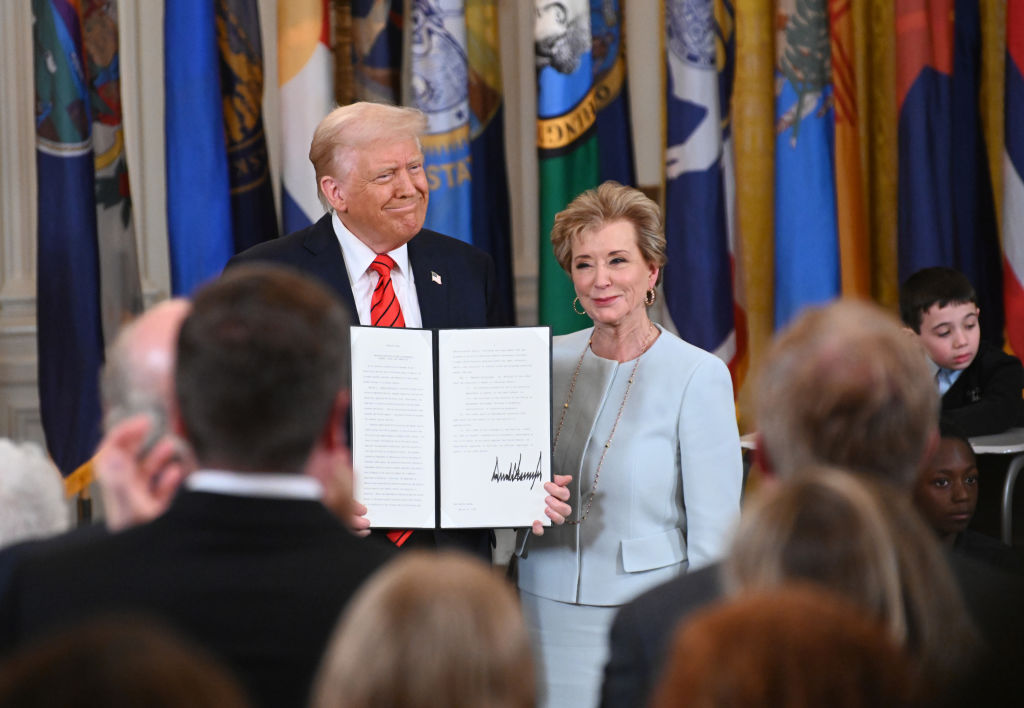
Donald Trump and Education Secretary Linda McMahon with executive order to formally begin the process of dismantling the Education Department (Getty)
The big education news this week is a court ruling that allows the Trump administration to begin cutting jobs at the Department of Education. A cascade of familiar voices can be heard lamenting that ruling. That’s the angry, unified message from Democrats, the Washington Blob and their Media buddies. Woe betide the students, they wail. Damn this President. They are not just wrong. They are 180 degrees wrong. Why? First, they are wrong for democratic reasons. Donald Trump campaigned on a pledge to demolish the Department of Education. He’s carrying out that pledge, not backpedaling….












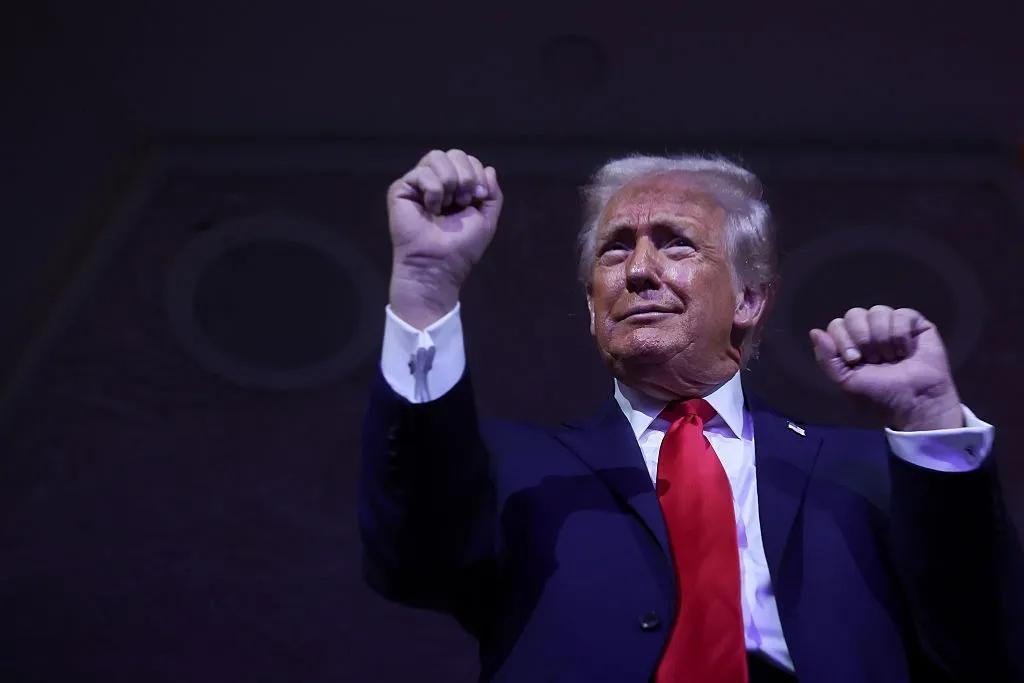


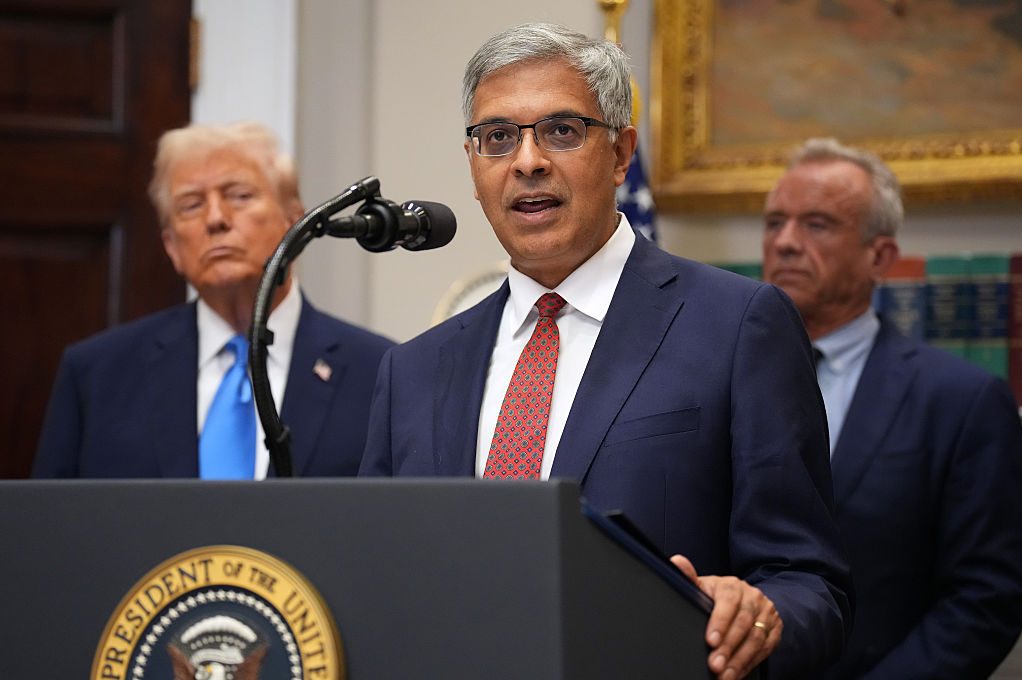
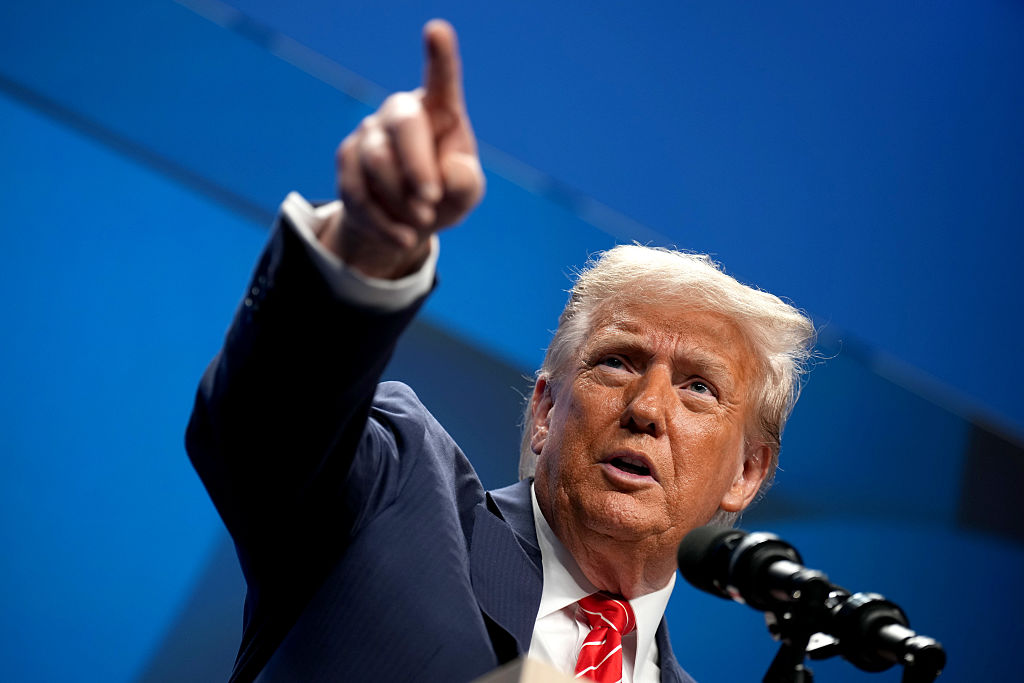
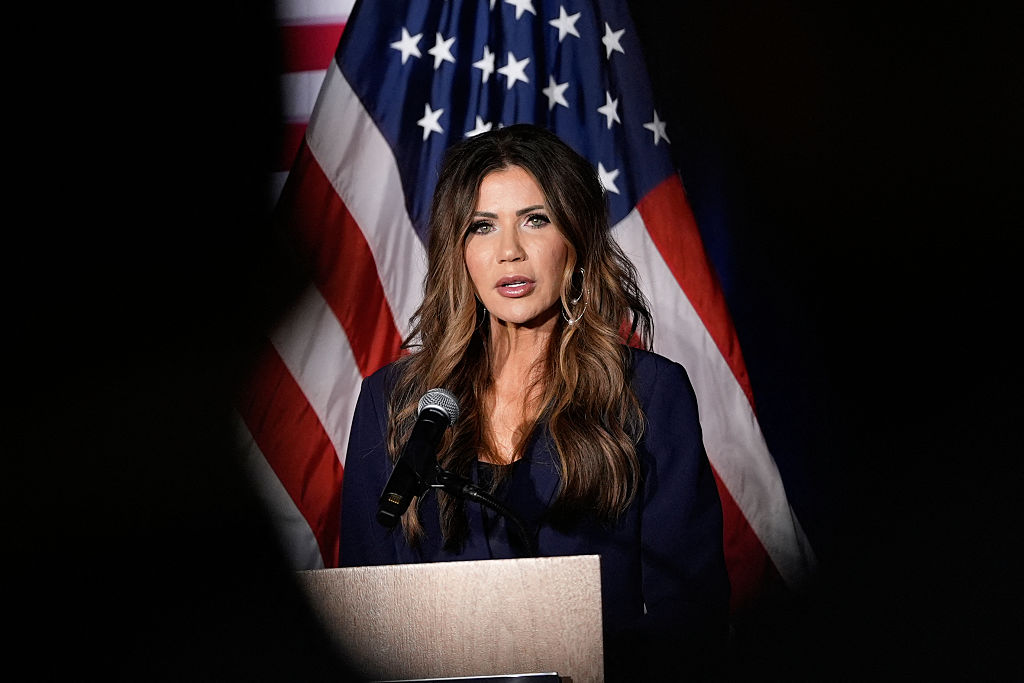

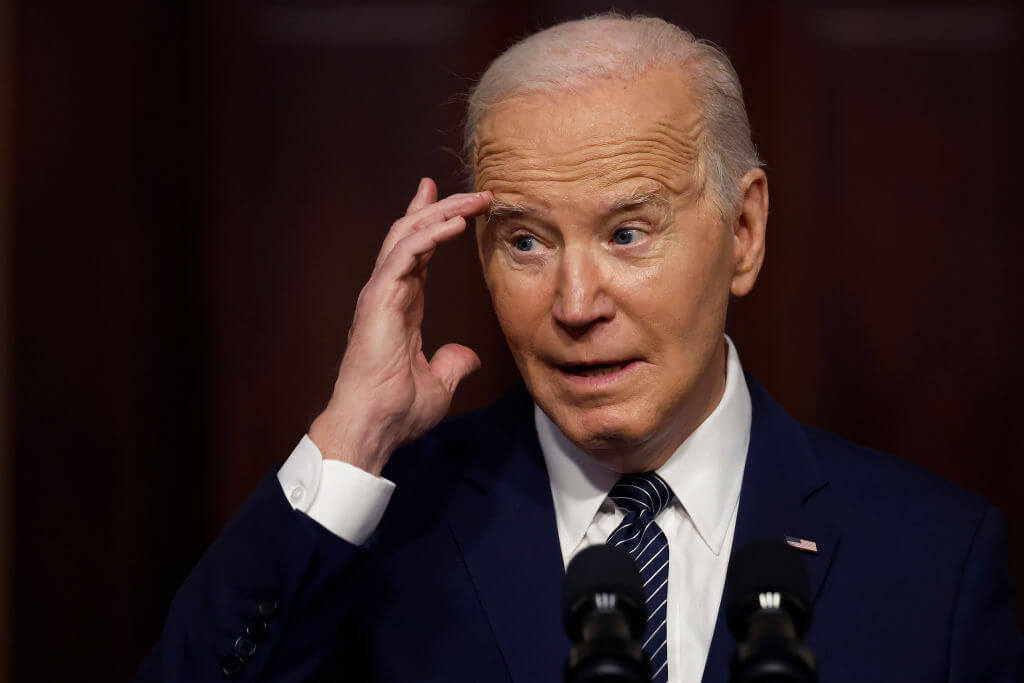



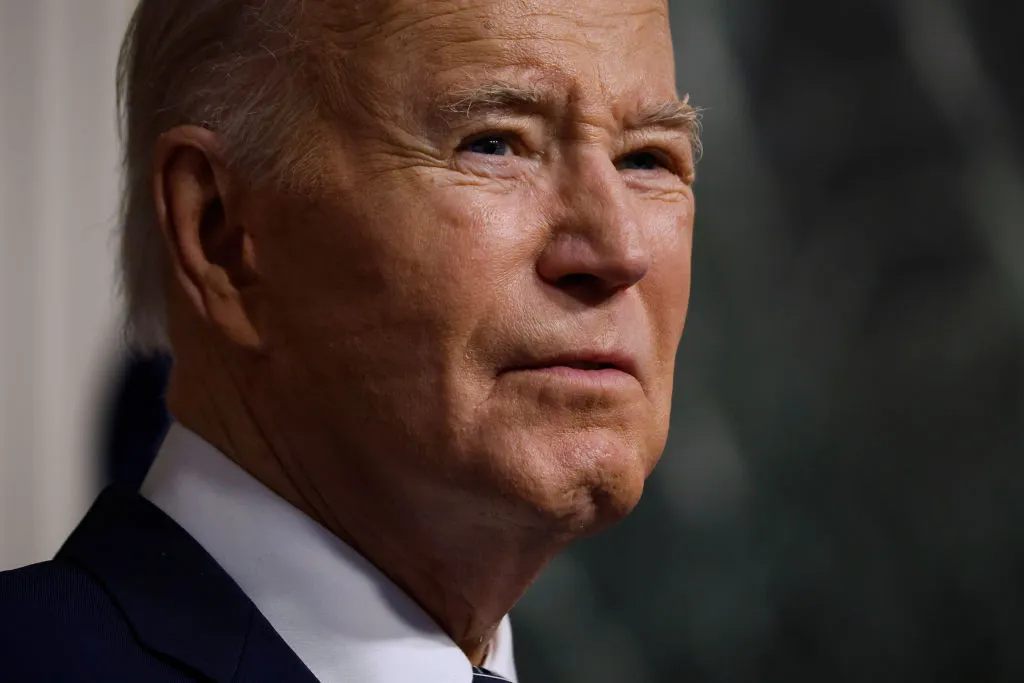

Leave a Reply